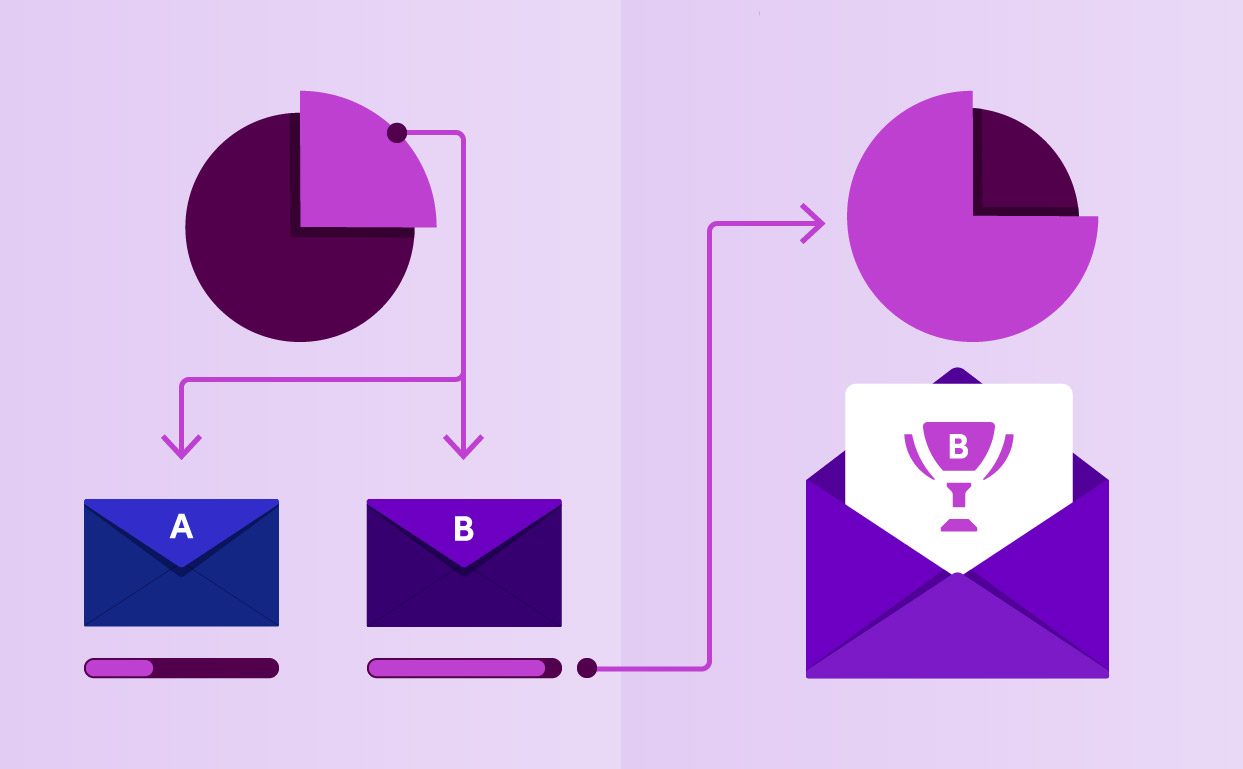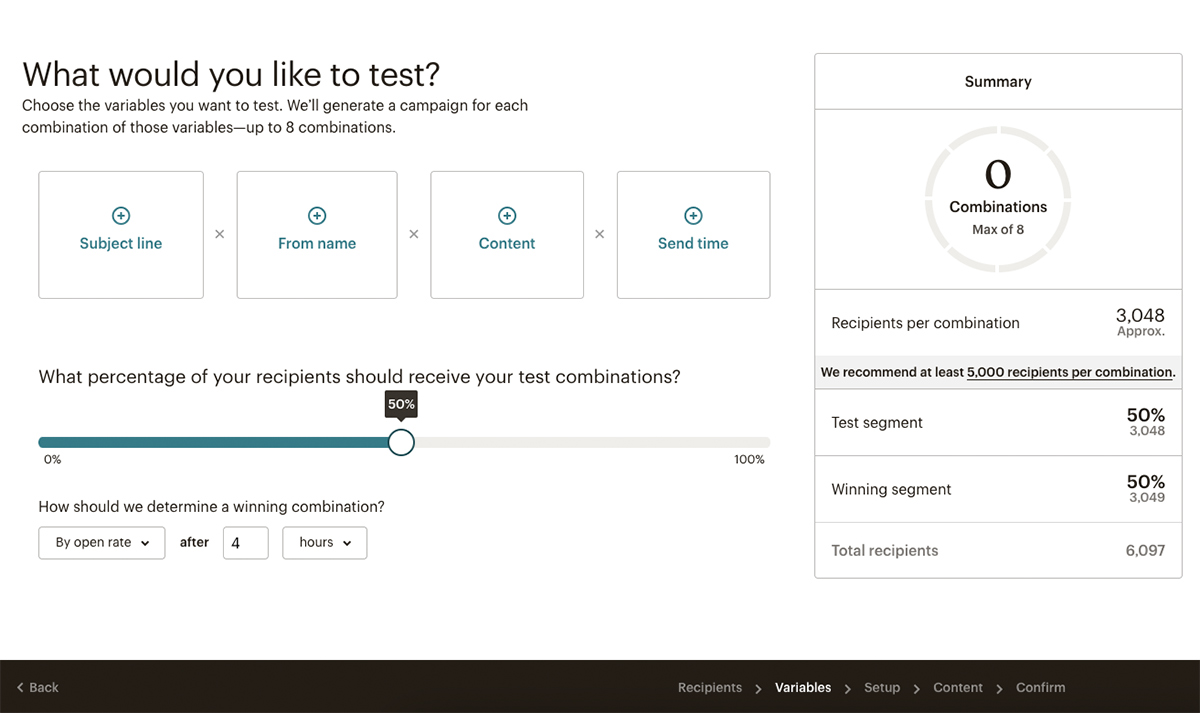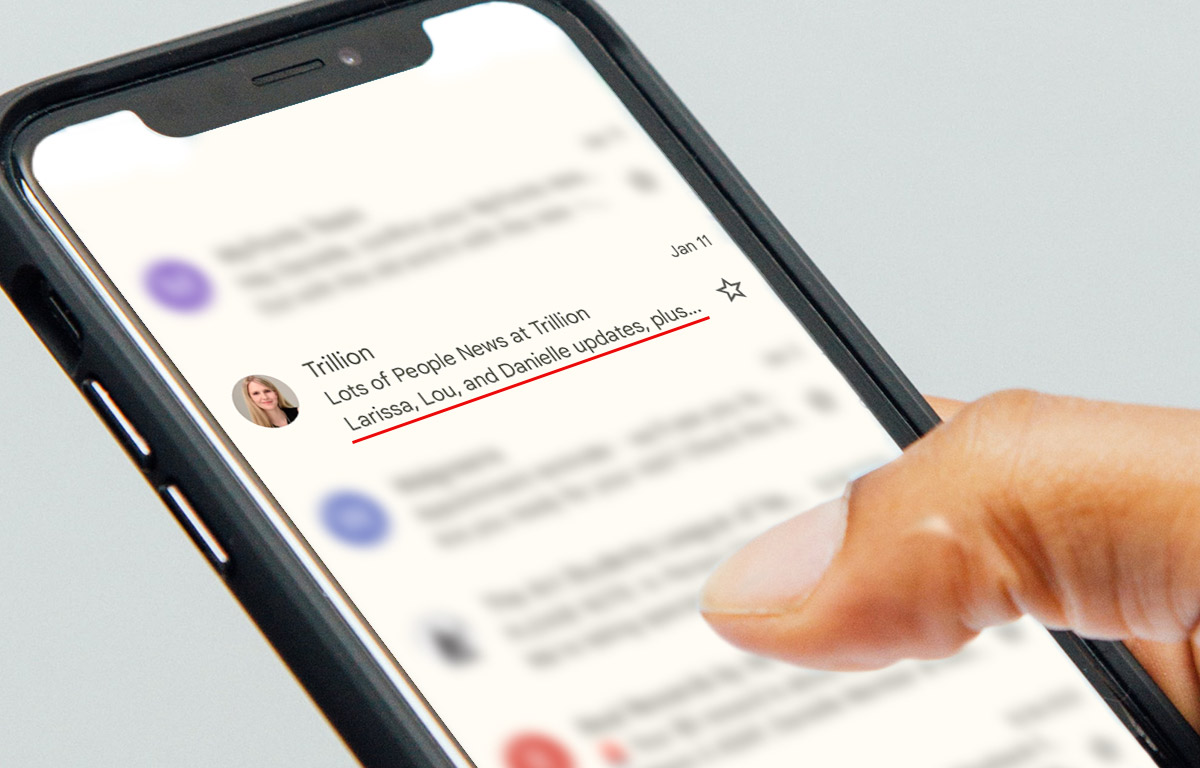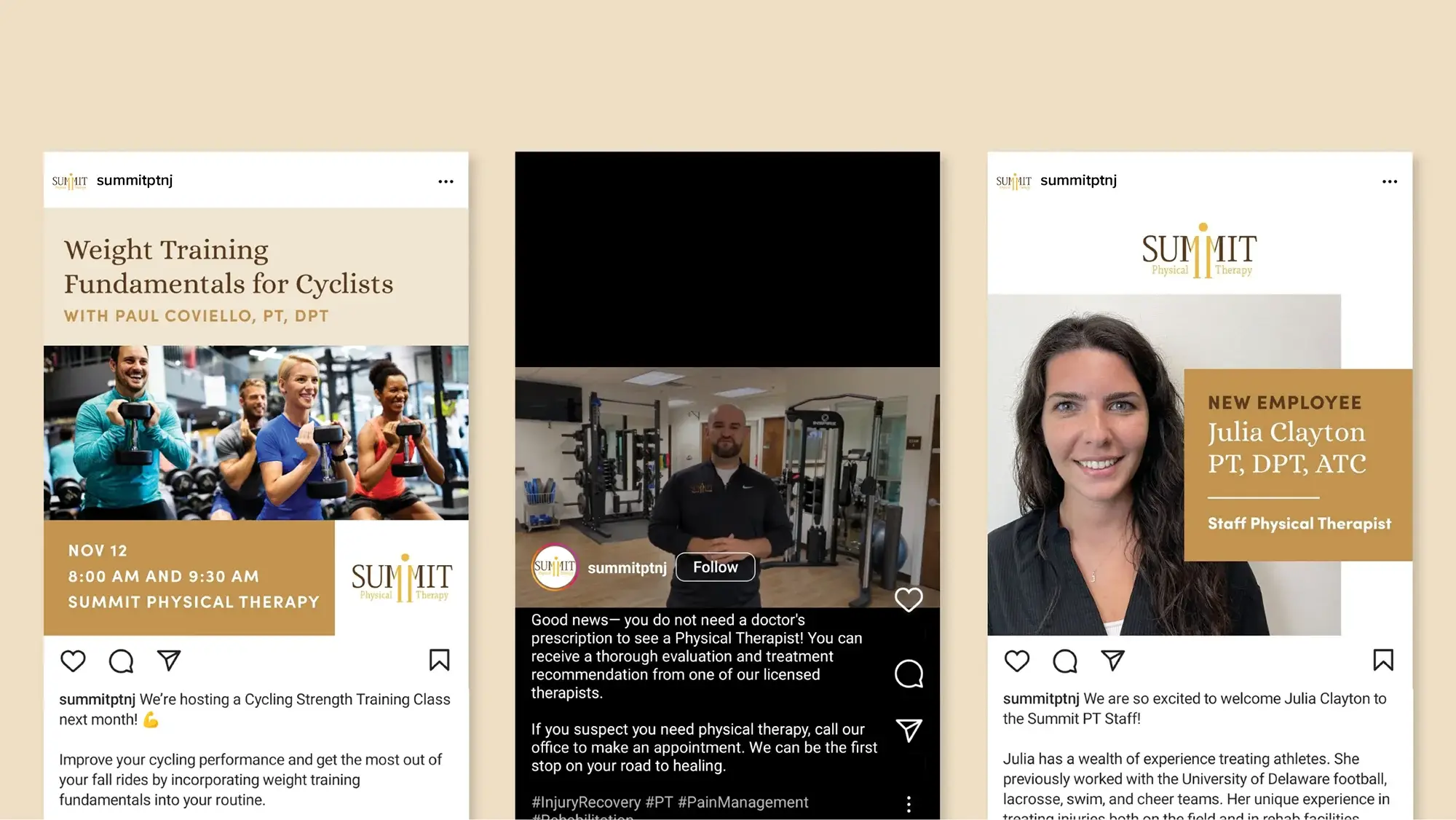Confucius, a Chinese philosopher, once said “Real knowledge is to know the extent of one’s ignorance.” Although I highly doubt the 7th century BC philosopher was referring to email marketing, being uninformed about your email recipients’ preferences can indeed be ruining the efficacy of your email campaigns.
A/B testing, also known as split testing, is an email marketing strategy that can help you develop a deeper understanding of your lists and see improved results with your email marketing efforts. This guide will give you a better understanding of A/B testing and how it can improve the engagement of your campaigns.
What is A/B Testing, and why should you care?
A/B testing can be as simple or complex as you want, although we highly recommend the simpler, the better. A/B testing is the process of sending one variation of your email to one subset of your audience and a different variation to another subset. The goal is to distinguish which variation yields better results. A/B testing can be helpful for your organization by empowering you to make more confident data-backed decisions. Email testing can also give you a leg up against competitors who aren’t using their email campaigns to their greatest potential because of failure to test.
Even if your list is as small as 1,000 emails, A/B testing is only effective when done right. Learn the methodology to a successful A/B test, so it works for you.

The Components of An Effective Email A/B Test
Define a measure of success
As with any email marketing goal, it’s recommended to have a standard of success that evaluates your outcomes. To determine which of your email variations yields the better result, you must first define what results you want. You can assess your emails in three ways:
- Open rate
- Click rate
- Total revenue
You can also use reporting data or any other units of measurement that you find valuable, especially if your email campaigns are connected to your Google Analytics account. Personalizing your unit of success is another great way to make sure your email marketing campaigns meet your organization’s specific needs.
Choose a variable(s) to test
There’s plenty to choose from when deciding which area of your email to test. You may be tempted to try all areas of your email at once to see what your recipients prefer. However, testing too many variables can be counterintuitive to your test because it’s more difficult to decipher what was driving the outcome of your test. A few variables worth testing are:
- Subject line
- Email content
- Name of sender
- Send time
- Promotional offer
For example, testing the subject line of an email campaign is a great place to start. You can see if “Our Spring Newsletter” or “15 Spring Hotspots for Seeing Wildlife” is more interesting to your list recipients. Below, we talk about the percentage of your list to test.

A/B testing helps you paint a better picture of your audience and what they like so that you can reach them accordingly. Testing variables allow you to receive feedback about the efficacy of your marketing efforts. Does your audience resonate more when you are witty and casual or informative and formal? Do they prefer an email sent from your organization’s name or the name of someone at the organization? Does your audience prefer afternoon emails or morning emails?
Decide your test group
Depending on the size of your organization, you can choose different-sized test groups. Smaller organizations may decide to test 50% or more of their email list, especially if you’re still growing. You can also use your analytics to help determine what to test. Viewing how individuals interact with your website once they engage with your emails can be eye-opening. We suggest looking at how iOS users, Windows users, or mobile versus computer users view content from your emails. It’s another way to make decisions about what to test.
Trillion conducts at least two A/B tests a month for our own email marketing. We create two variations of an email and send it out to 15% of our email list first thing Monday morning. For 23 hours, we monitor which variation has better open rates and send the remainder of our email list the winning variant first thing Tuesday morning. It’s helped improve engagement and exposure to our content.

Don’t neglect your email’s preview text
Preview text is displayed below the subject line on many phones and email applications. It’s an added opportunity to share information with recipients even before they open your email. Many organizations overlook preview text altogether, but this can lead to impersonal preview text that just says “View this email in your web browser.” Nothing can crush the chances of an email getting opened better than generic preview text because it can come off as spam to your email recipients, reducing open rates. Include personalized text in your preview section to quickly boost open rates.
A/B Testing Can Be Even Easier with AI
AI tools can help generate different versions of your content, giving you more options to test without too much extra manual effort. To test your content, you might have AI (CHAT-GPT, Perplexity) create a second version of your email content with some variations on focus – for instance one might focus on the current sales and cost savings while the second version would highlight the customer services aspect of your business. You can also use AI to rapidly generate alternate subject lines and preview text that can help you delve even deeper into what prompts your audience to respond.
Are you ready to leverage A/B testing to improve the performance of your email marketing?
Understanding your audience can be tricky! It’s very challenging to write the perfect content that grabs recipients’ attention in their crowded inboxes. If you have low open and click-through rates, call Trillion at 908.219.4703 or reach out on our website to get help with A/B testing. Our team will work to help develop an email marketing strategy that brings results to your organization.






